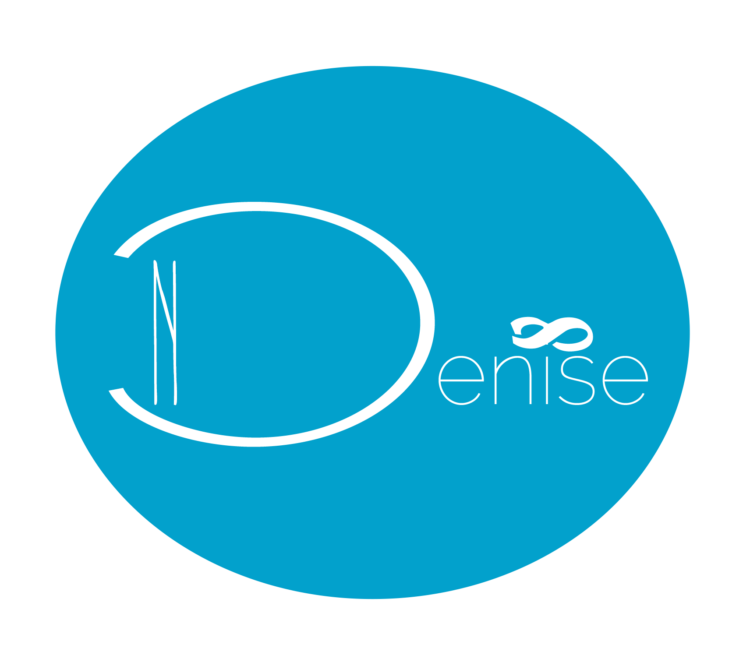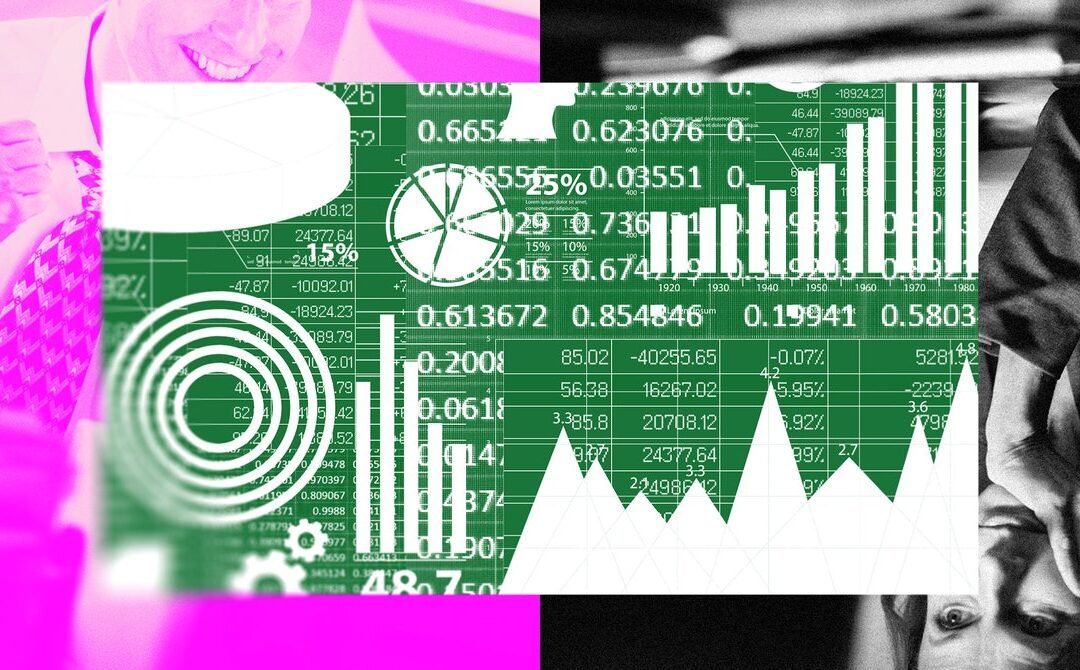
Like its forebears, Microsoft Excel has been primarily marketed as a tool for saving time in the business context, reinforced by the very name “Excel.” Consider a magazine advertisement claiming that the software is “the soul of the new machines. And the heart of a business solution that will make as much sense five years from now as it does today.” Or the company’s 1990’s commercial surrounding the Canterbury Clock Company’s incorporation of Excel into its routine business practices—in a metaphor that is perhaps too on-the-nose, the commercial proclaims how Excel saves “lots of time, and time is money.”
Every day, we are inundated with charts, graphs, and infographics in contexts as far-ranging as elections to sporting events, purveyed by media outlets including FiveThirtyEight and The New York Times as part of their core journalistic practice. As I have written previously, it is surprising the extent to which these infographics are sexualized, from “sexy” charts to “infoporn” to “map daddy” and “chart-throb” MSNBC election analyst Steve Kornacki. However, if we are to understand the democratization of infographics, we must consider the other setting in which data visualization has become ritualized as a daily practice, and infographic culture has flourished: the white-collar workplace, where pie charts thrive, and Microsoft Excel reigns supreme as the chart-making tool of choice.
Though Excel’s spreadsheet functionalities range from formulas to flash fills to pivot tables, it is the software’s data visualization capabilities that best capture the tool’s primary functionality as improving business efficiency. Excel’s “Chart Wizard” enables users to quickly construct a variety of infographics based on tabular data included in the spreadsheet. Graphical representations abound, including column charts, line charts, pie charts, doughnut charts, bar charts, area charts, scatter and bubble charts, stock charts, surface charts, radar charts, tree-map charts, sunburst charts, histograms, box and whisker plots, waterfall charts, funnel charts, and map charts. Through a simple interface, users can refine chart elements, change colors, and alter the layout of a plot with ease. The power of Excel’s graphical capabilities is precisely this “color-by-number” simplicity, facilitating the construction of infographics by freeing users from the complexity of more expressive data visualization libraries such as JavaScript’s d3.js or Python’s Matplotlib, which require code to be written and Stack Overflow to be frequented.
Yet, despite these flashy infographics enticing us at every turn, Excel endures as a symbol of the banal, synonymous with Office Space’s TPS reports—the resigned territory of listless spreadsheet entry and workplace ennui.
What are we to make of this persistent disparity between the scintillating infographics we consume and the clinical Excel infographics we create at work? It is, of course, the central aspirational deception embedded within pernicious workplace culture: work rebranded as excitement.
It is here that we return to the glut of advertisements that jazz up spreadsheet software to a comical degree, from Microsoft’s proclamation that Excel is the “soul of the new machines” to Lotus 1-2-3 users dancing and singing in the office as they extol the virtues of the software. And it is here that we see the World Excel Championships for what it truly is. Despite being called “almost unbelievably wholesome” by The Atlantic, the event is ultimately an effort to market financial modeling as entertainment, contorting undeniably mundane spreadsheet activities typically reserved for salaried compensation into games rife with anticipation, and rewarding office productivity with the glory of accolades and airtime on cable.

